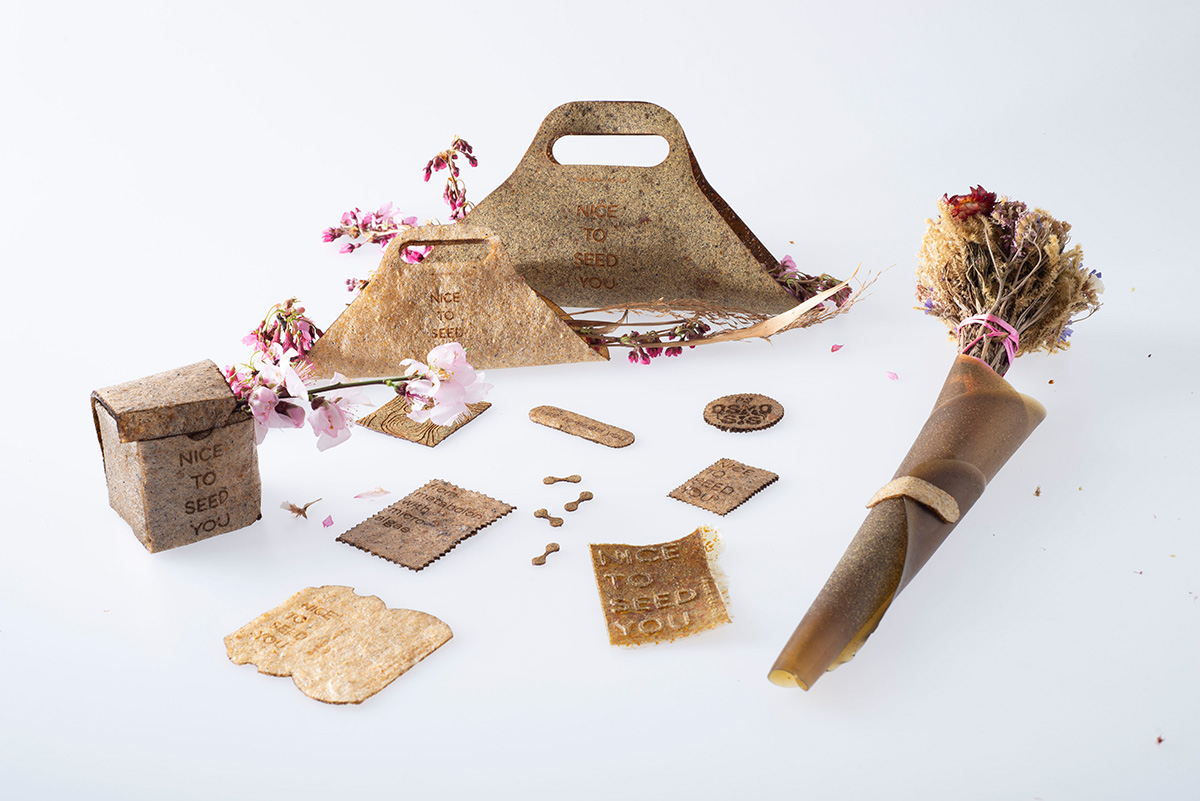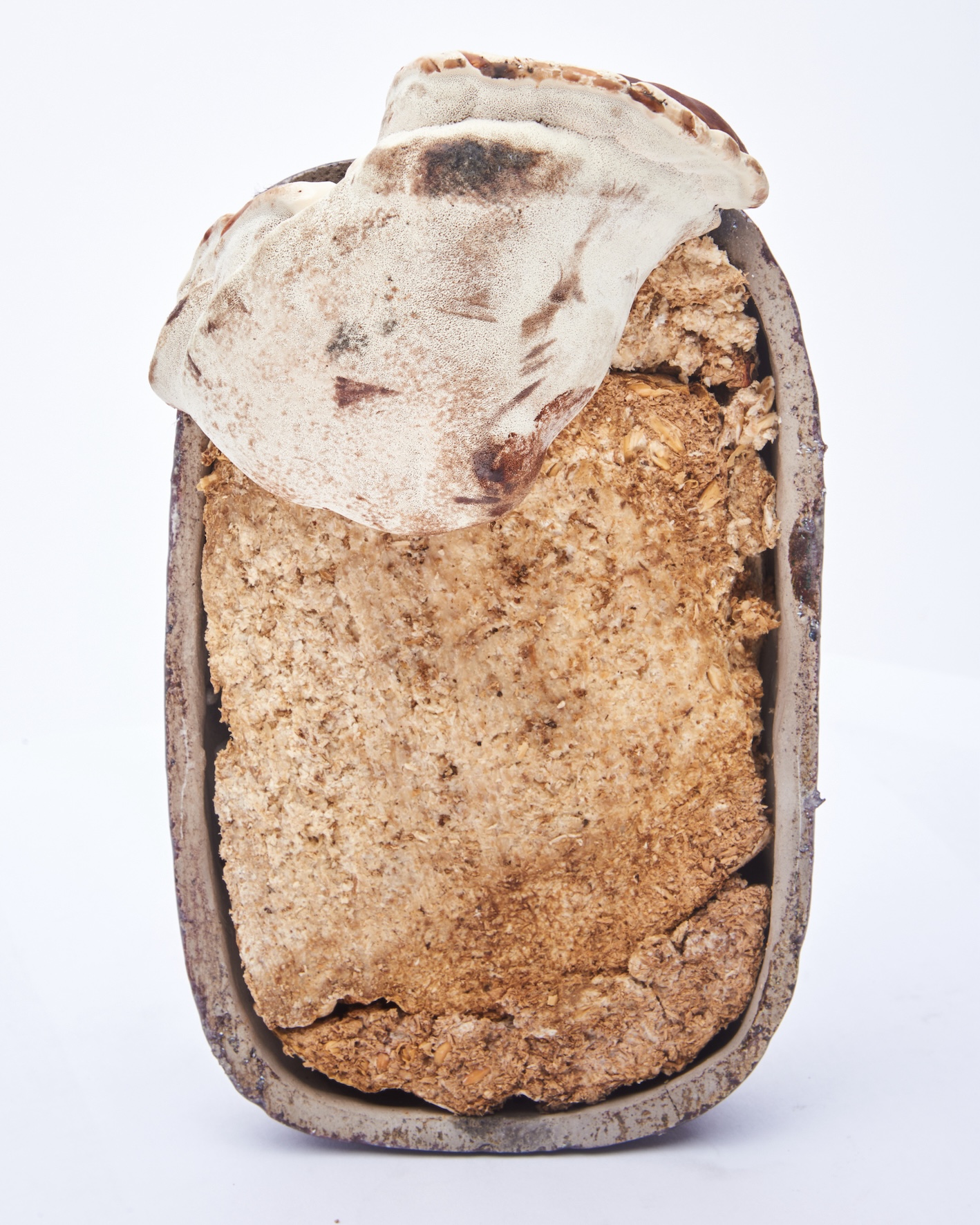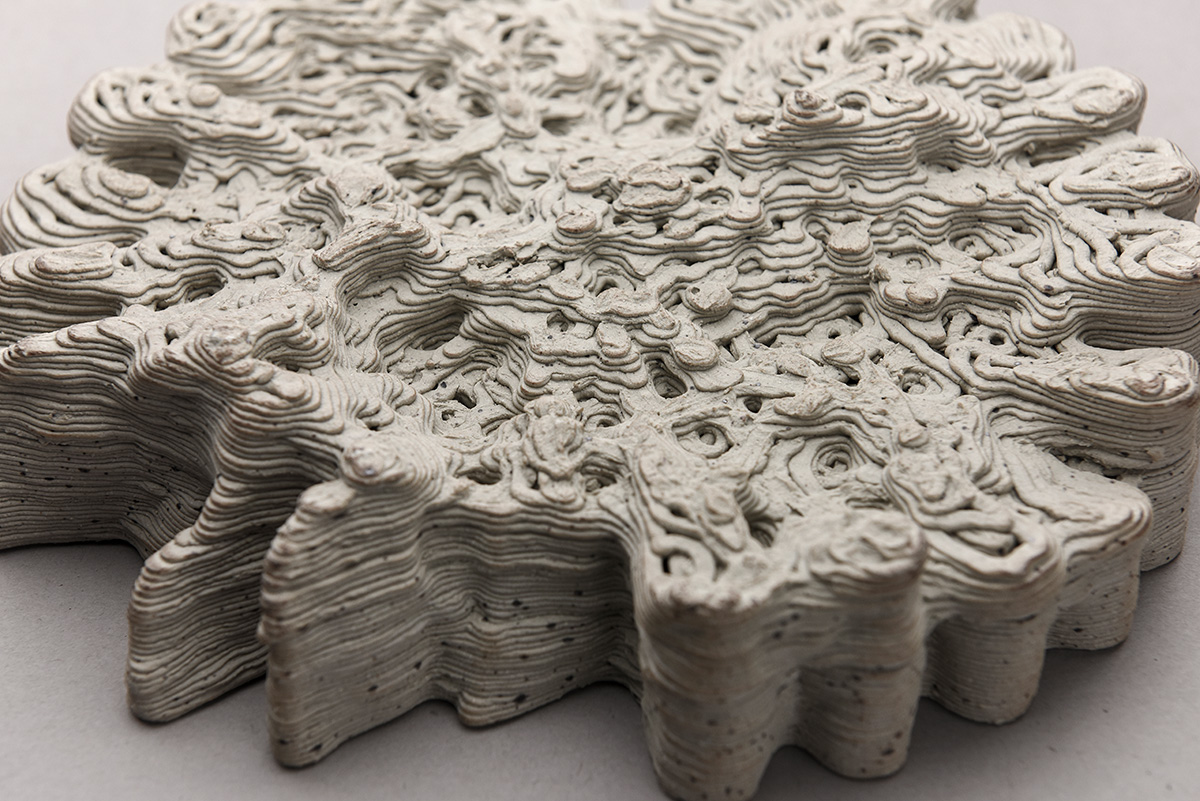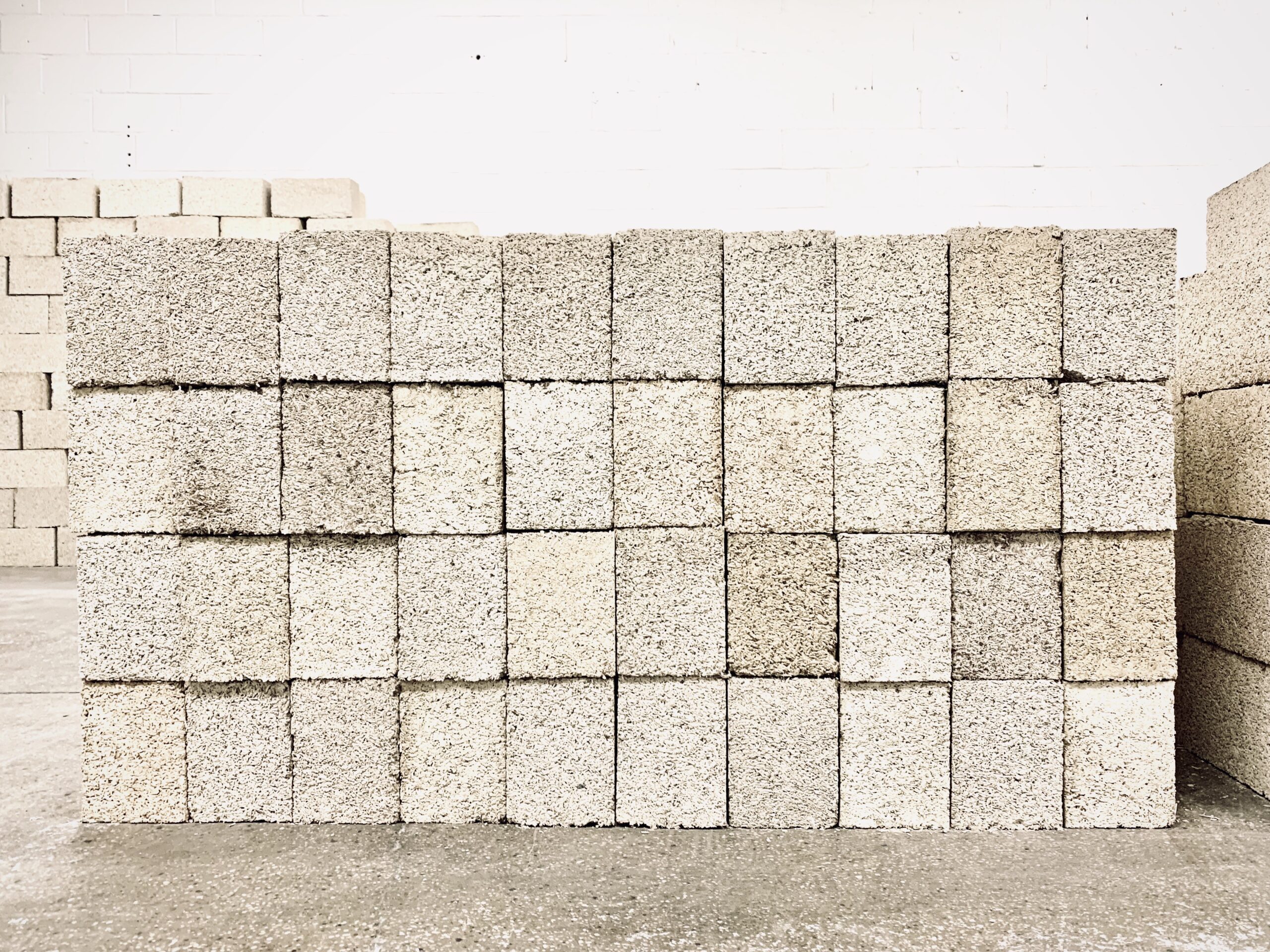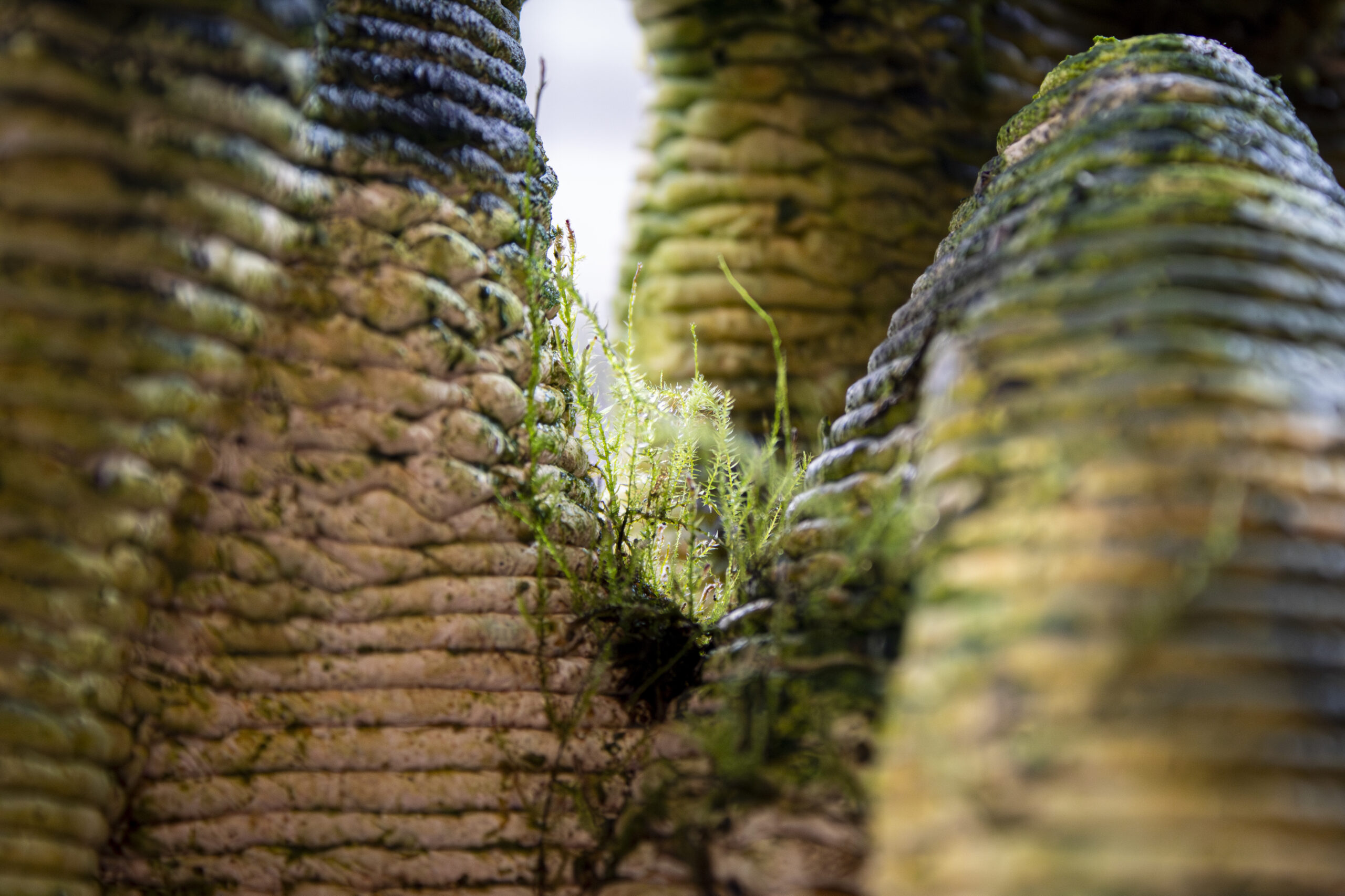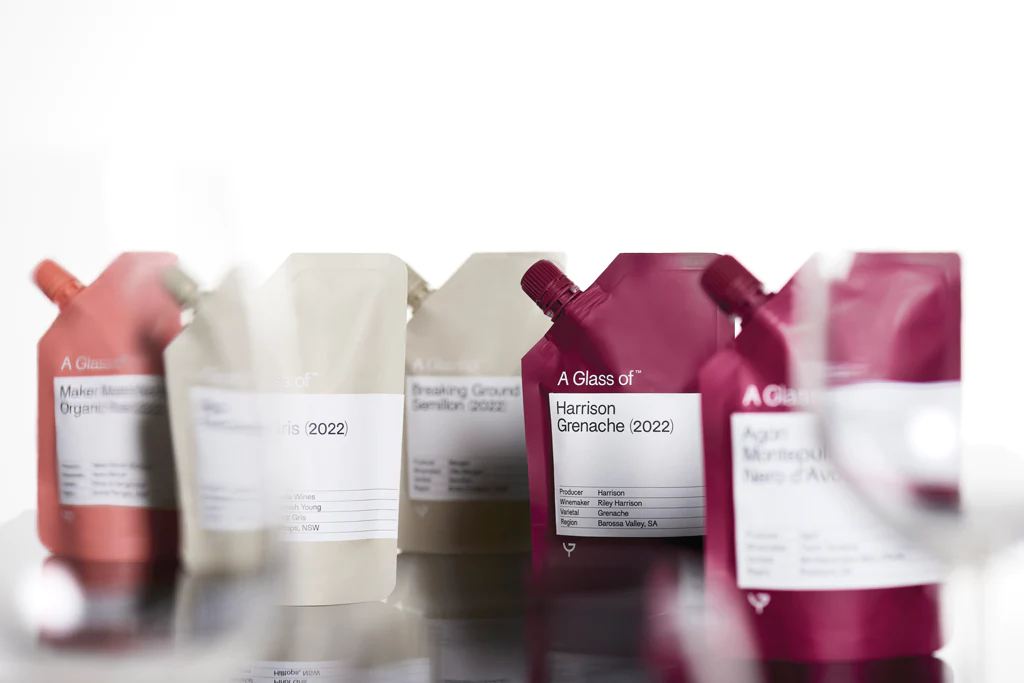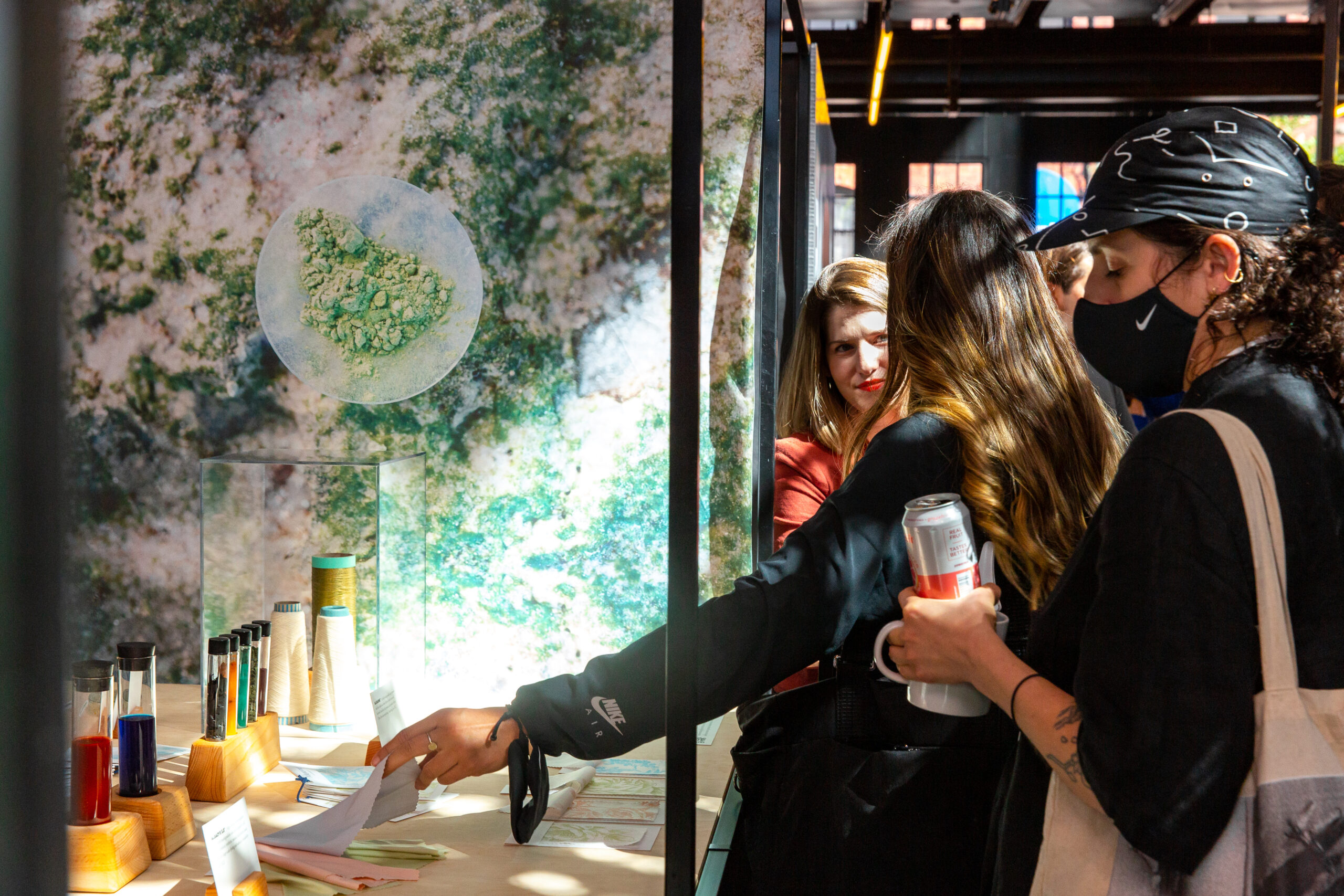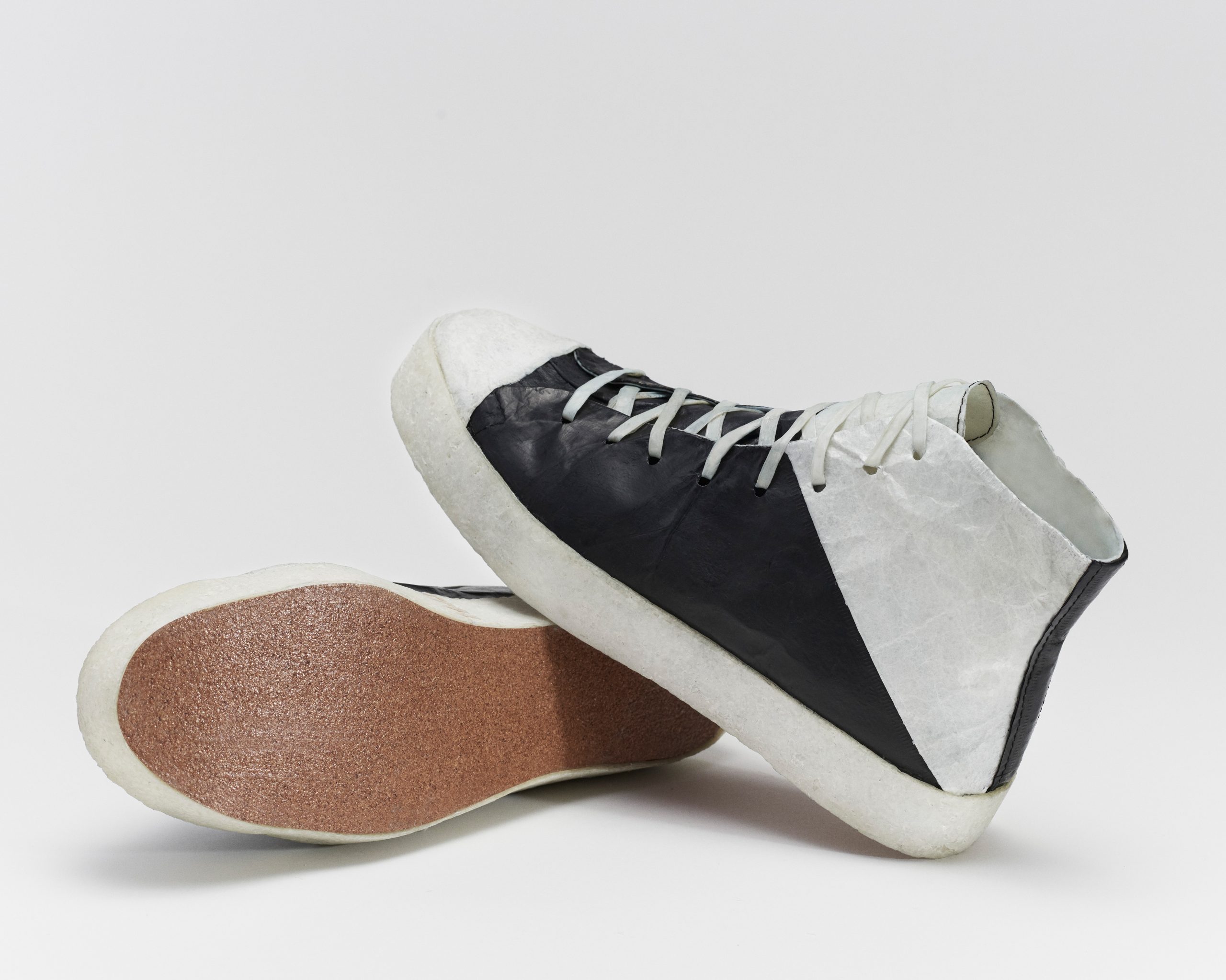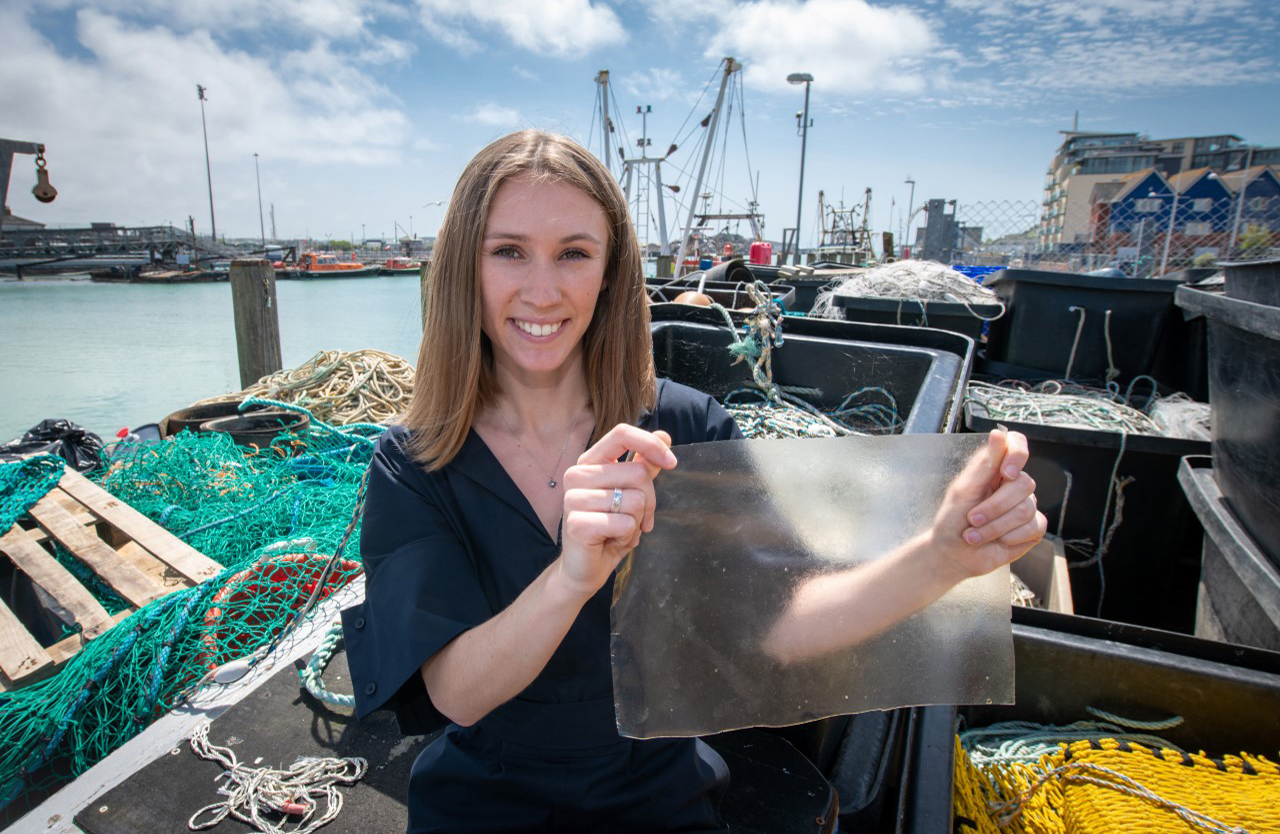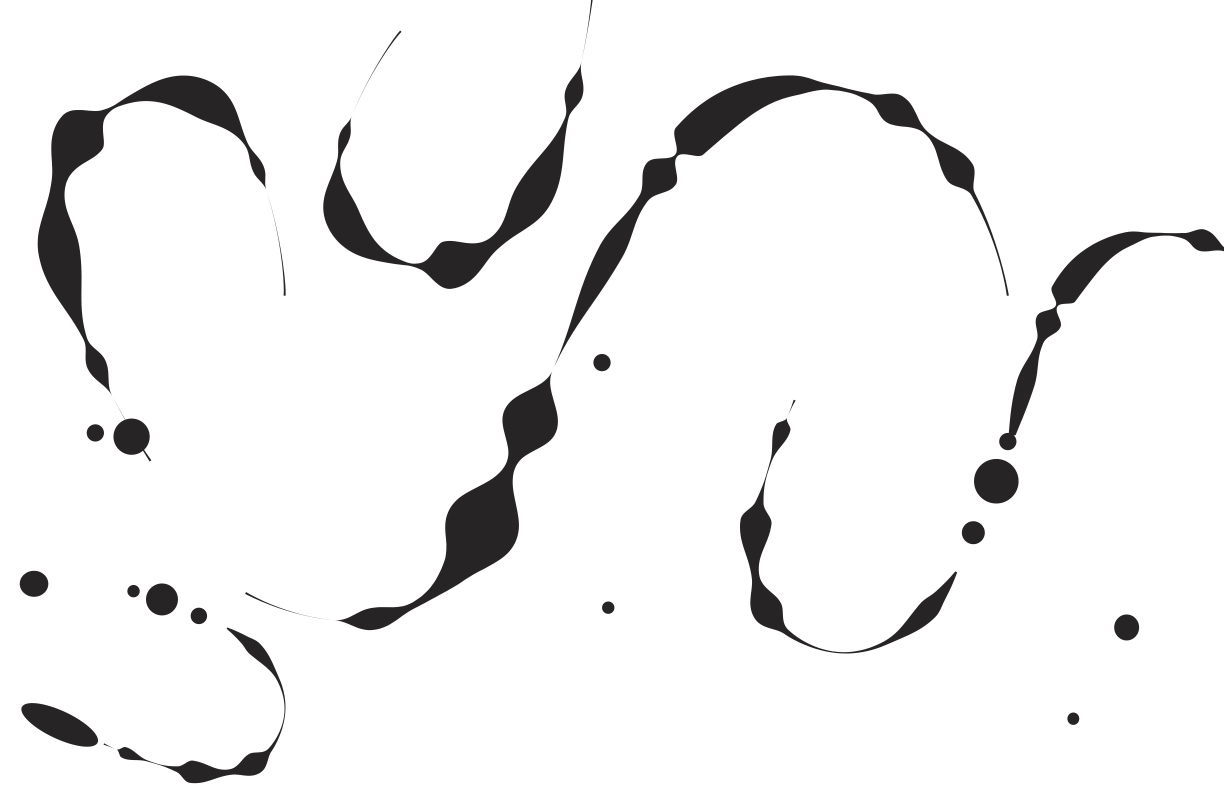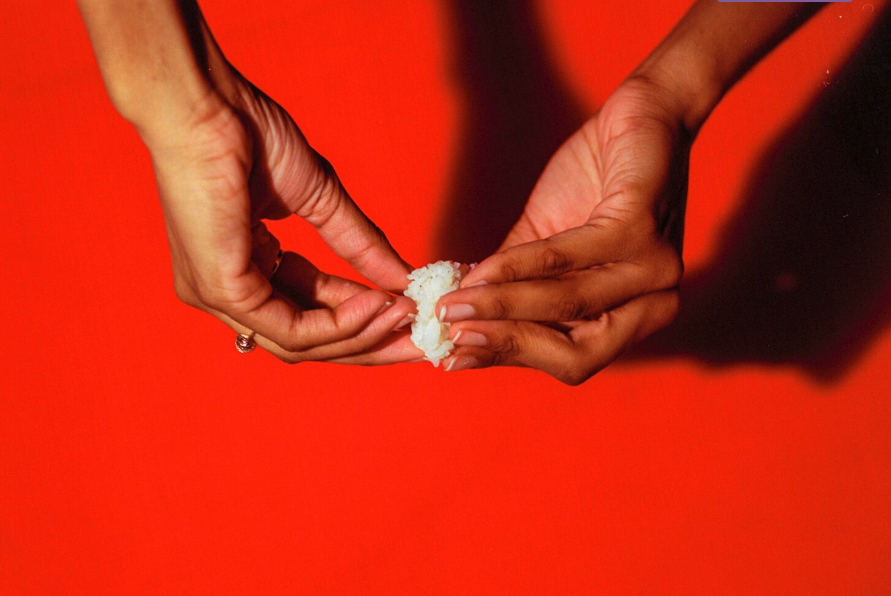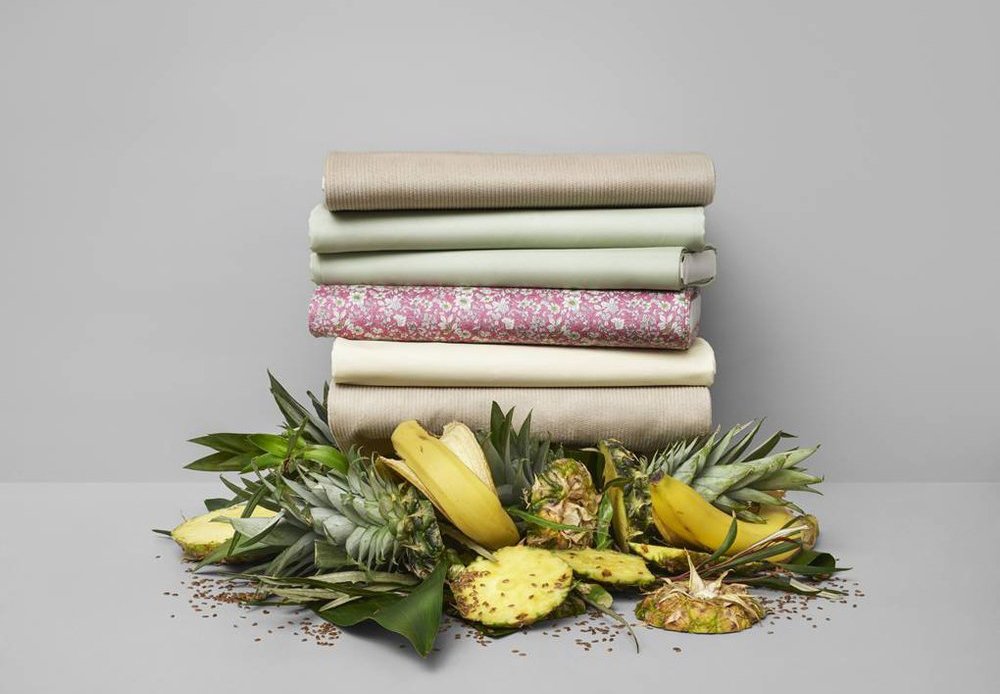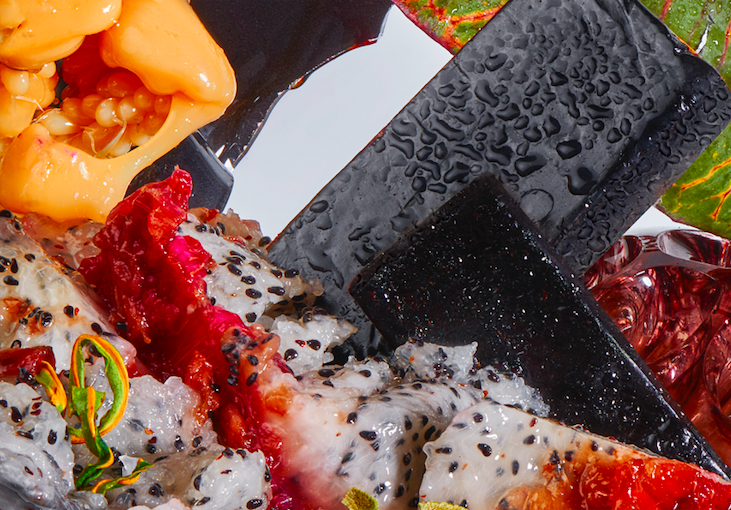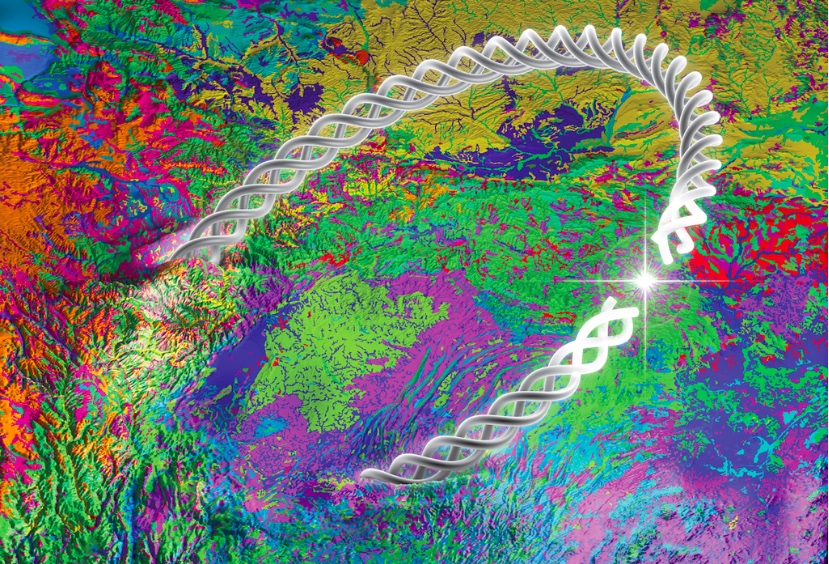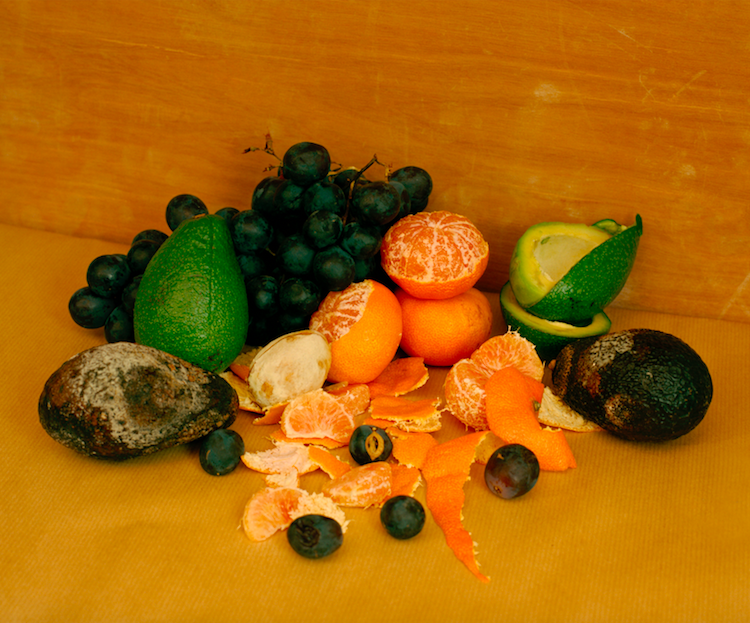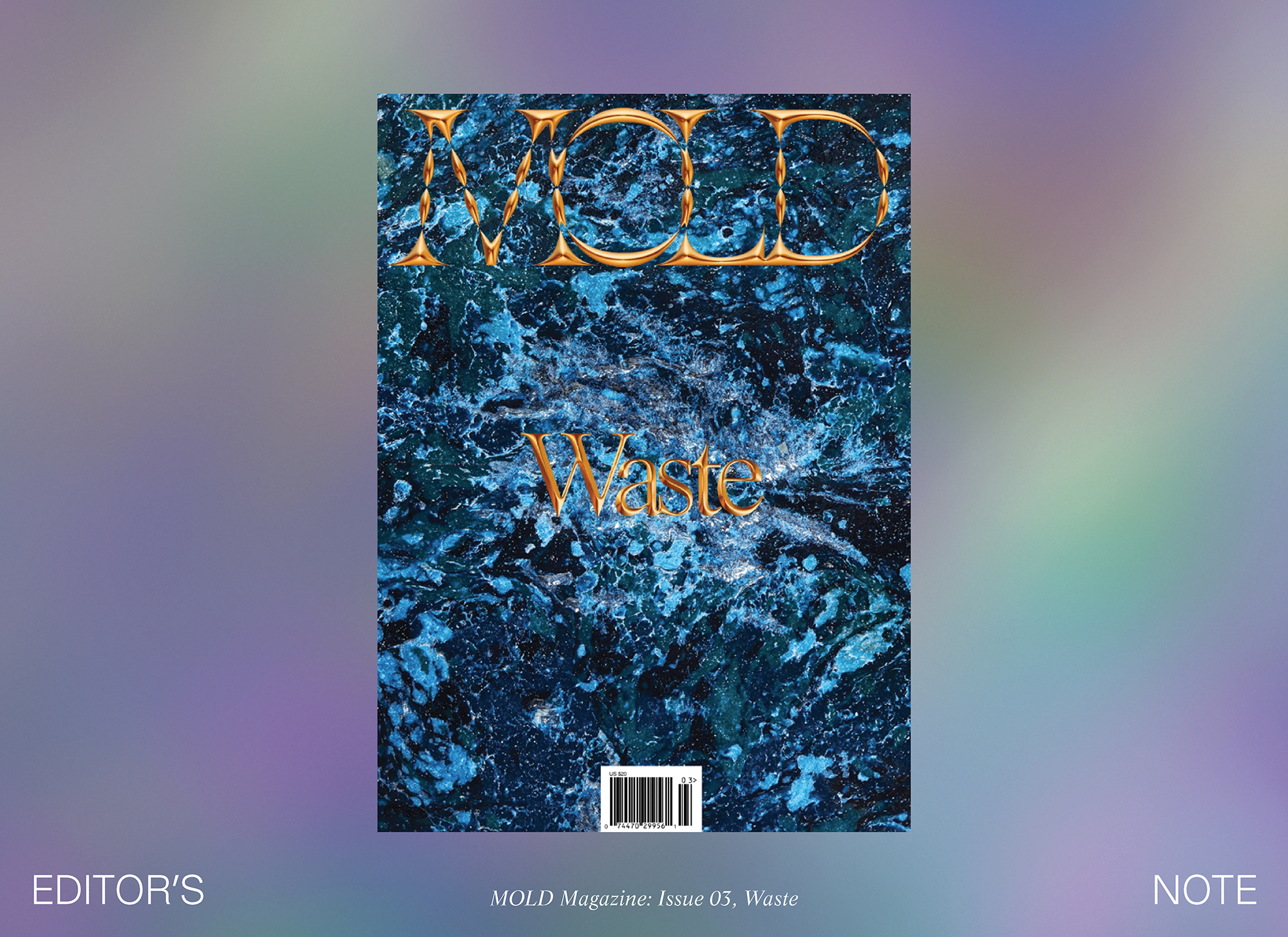The world of sustainable packaging is a convoluted and deceptive one. Following the thread of packaging design into how materials impact the environment reveals an expansive web of logistical services, supply-chains and the rampant mismanagement of waste infrastructures. This seemingly never-ending ecological footprint may make you feel defeated before you’ve even begun. While design alone might not stand a chance against such realities, working with others to forge new paths for sustainable design production may be possible.
“Sustainability is such a popular term these days but it’s so complex,” says Sandro Kvernmo, co-founder of Norwegian packaging design studio Goods. The studio, which has for the last couple of years centered its practice around producing sustainable packaging for consumer brands, has produced an open-source Index for designers trying to find their way in the complicated world of sustainable packaging design. Having launched earlier this summer, the Index is poised to grow as more designers add their insights to the platform. Already, the detailed findings that have been collected reveal just how complicated finding the right strategies for packaging material can be.
The Index currently contains ninety-three entries, each of which offer a brief description of materials, productions and also some of the various private certifications that are available for packaging. Here, you’ll find a range of papers, plastics, “bio-plastics” and other biotic materials like mycelium, cork, and birch which are described alongside a selection of recycled, upcycled, and post-consumer materials. Under the production category, designers will find descriptions of strategies like laser-cutting, molding, embossing and more that are helpful for assembling their packages. While in the certification category, over a dozen different classifications are currently listed for organizations that offer a way of certifying a product as sustainable in one way or another.
All of the information found in the Index so far is built out of Goods’ own findings working in the world of packaging design. Their work in packaging design for Norwegian brands like Limón and ReMarkable. Each of which showcase a range of sustainable packaging techniques—even devising a system for recyclable pizza boxes (pizza boxes are notoriously difficult to recycle because of the grease and cheese that soaks into the box) for Mano Pizza. All “From going to recycling facility site visits, attending webinars, talking to producers and printers, we found out we were in a great position to actually curate some of this stuff and present it to other, interested designers.” says Kvernmo.


While there is a good deal of information available on Index, the website eschews the use of images, web-tracking, and other web tools that are often used in designing the communication of a website. The purpose of this unadorned visual strategy is to keep the footprint of the website into consideration, taking notes from the other sites like Low Tech Magazine to make sure that the Index doesn’t absorb more energy than it needs to.
These touches of considered design are reflective of the message Goods is trying to send to other designers with Index—that figuring out the complicated physics of a future for environment-friendly design is not a burden any single designer must take on alone. Rather, by making information and strategies like those described in the Index freely available to each other, it will be possible to actually change all these systems that have made packaging so disastrous for ecosystems and people across the planet. “Our experience when starting from ‘scratch’ as a graphic and packaging design studio was that this often simple information was available out there if you look long enough, but never collected.” says Kvernmo. “We are very aware that planet-friendly design isn’t done in isolation, so we made the guide we ourselves wish we had when we started out.”
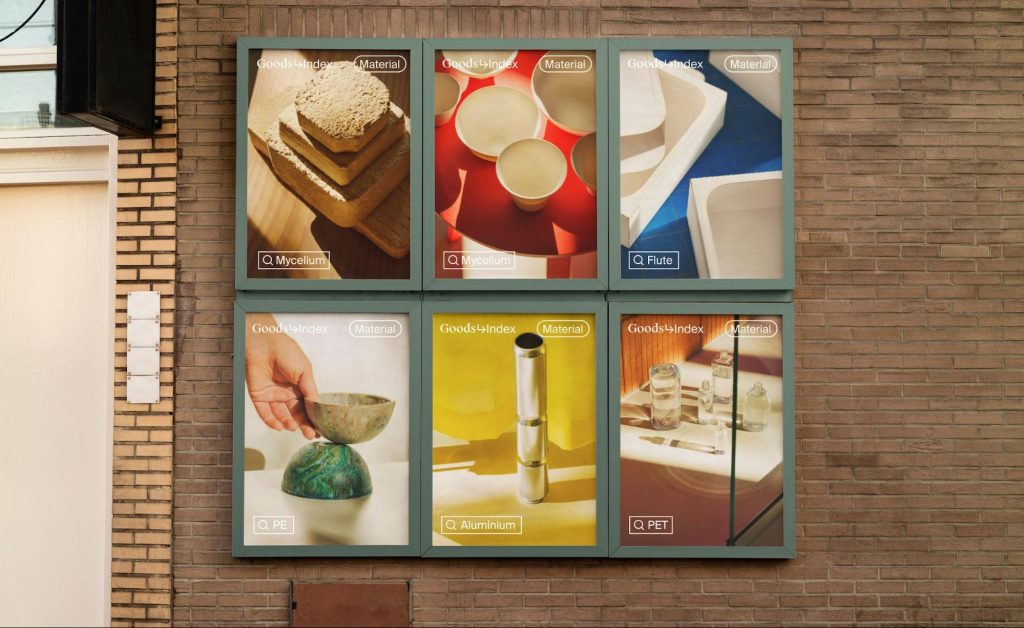
For any designers or studios that might have more information to offer, Goods encourages people to offer suggestions for additions or revisions to the Index (suggestions can be sent to index@goods.no). While Goods has offered up an impressive array of information on sustainable packaging, there is still an immense amount of information out there that can be used by designers everywhere to help push design practice to be less destructive. In browsing through the Index, one can’t help but be reminded by just how complex the work of a packaging designer is in this time of ecological crisis—and just how vital it is that we all start sharing what we learn with each other if we ever want our design to really make a difference.


